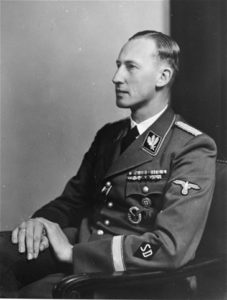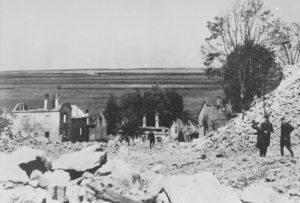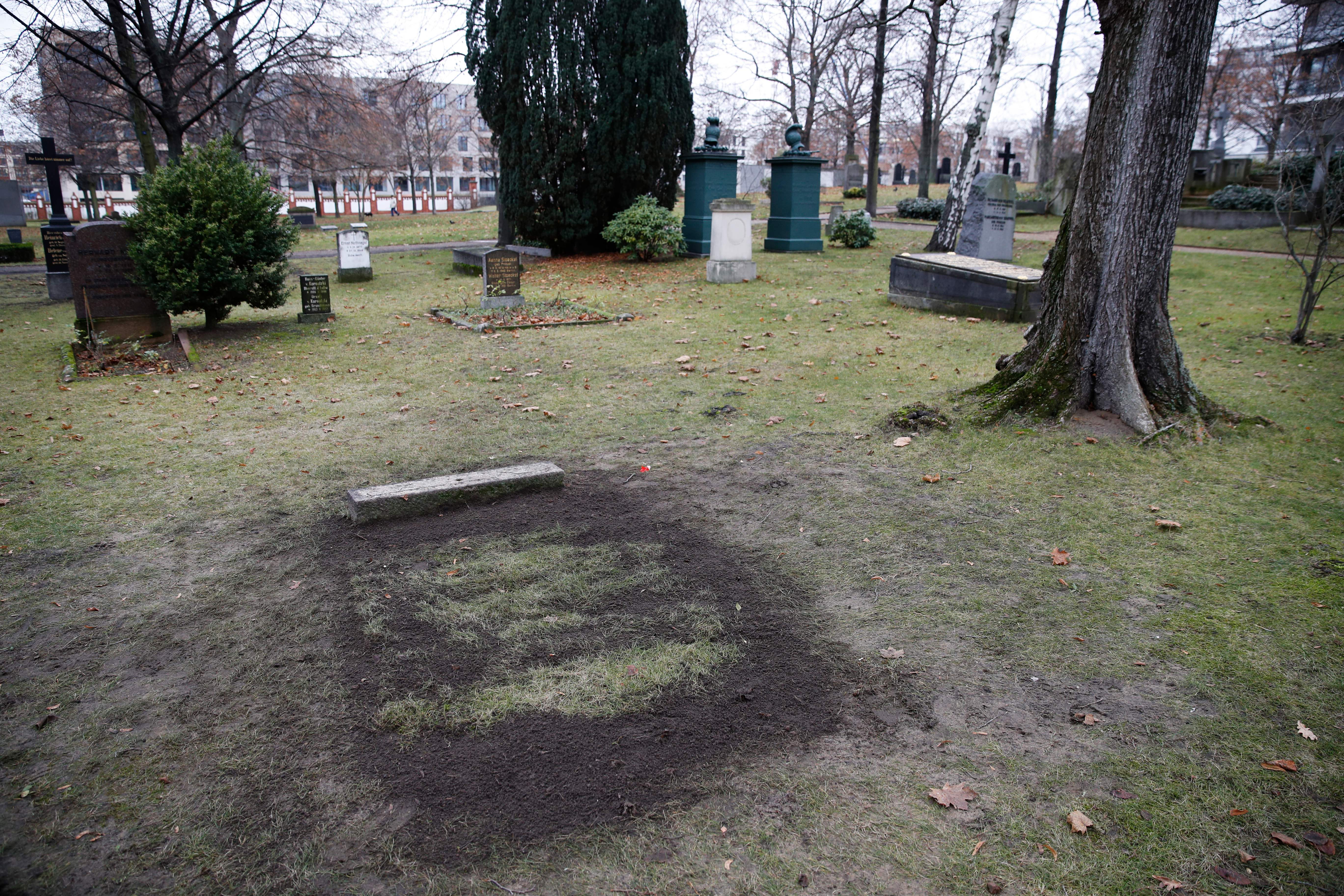Berlin police are searching for whomever dug up the grave of the infamous SS officer Reinhard Heydrich.
Meanwhile, they report that the bones of “the butcher of Prague” were not removed in the December 12th graveyard opening.

Just why someone wanted to unearth Heyrich’s burial plot is unclear, as is how they found it – in 1945 the Allies decreed no Nazi gravestone could be marked or identified. In the aftermath of World War II, the fear of Nazi sympathizers creating shrines or pilgrimages was thought of with abhorrence. Since then, Nazi gravestones have remained unmarked and under German law, those found tampering with a grave can be prosecuted.
Heydrich, darkly nicknamed by Adolf Hitler as the “man with an iron heart”, was directly responsible for the murder of millions as the key architect to the Final Solution – the Nazi plan for the systematic extermination of Jews. In the 1942 mission named Operation Anthropoid, two British-trained soldiers (one Czech, one Slovak) attacked Heydrich as he rode in his staff car; he died a week later of wounds from grenade shrapnel. A furious Hitler demanded the murder of 10,000 Czechs in retaliation for his death.

Dissuaded by Heydrich’s deputy, Karl Hermann Frank, Hitler nonetheless ordered reprisals. On June 9, the day of Heydrich’s state funeral in Berlin, German police and SS officials entered the village of Lidice, Czechoslovakia on intelligence that the village was harboring the resistance members. In a matter of hours the Germans furiously shot 192 men and boys and deported the women and girls of Lidice to the Ravensbrück concentration camp. The village itself was razed to the ground. Of the 203 women deported, 60 died in the Nazi camp. To this day, however, there is no evidence that the village aided Heydrich’s assassins.
After a long train procession to Berlin, Heydrich was finally interred at Invalids’ Cemetery, a military burial ground in the heart of what was the capital of Nazi Germany. Hitler planned to order a monumental tomb to memorialize Heydrich, but as German fortunes began to wane, only a temporary wooden marker was left in place. The wooden marker disappeared under Red Army occupation.
Whoever dug up his grave, according to the BBC, “is thought to have had inside knowledge of its location.” However, a photograph from the 1942 funeral does indicate that Heydrich was buried somewhere in Section A of the cemetery.
Police spokeswoman, Heidi Vogt, told German newspaper B.Z. that there were no immediate suspects.

